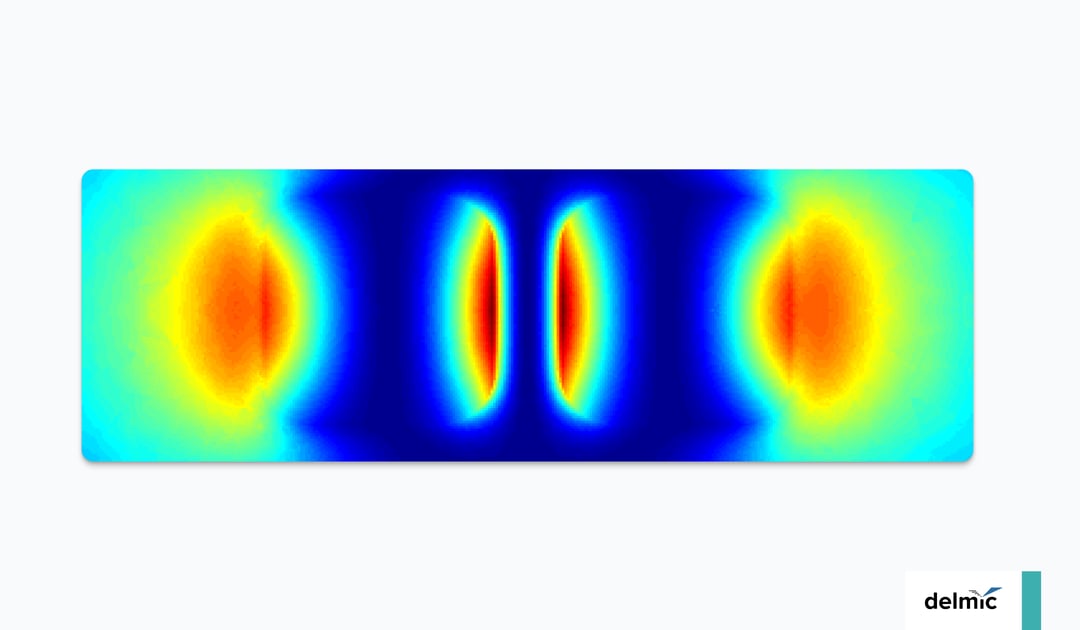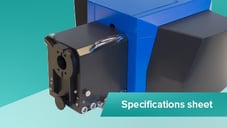In nanophotonics, the scattering of light from nanoparticles or complex nanostructures is exploited to redirect light and modify its properties. This can for example be used to steer light from or towards nanoantennas, trap light in optical cavities or increase light-outcoupling from light-emitting diodes.
Dielectric nanostructures in particular provide high scattering efficiencies together with low optical losses. Since their optical response is strongly dependent on the material’s dielectric constant and precise geometry, the resonance spectra can be tuned for specific applications.
In the novel paper, hyperspectral cathodoluminescence was employed to resolve the resonance modes of dielectric silicon nanospheres. The authors used the SPARC Spectral system to obtain CL spectra over a broad spectral range. Exciting the nanospheres at a deep subwavelength resolution allowed the researchers to moreover investigate how the emission spectrum changes when the electron beam excitation is performed at different points of the sphere.
The authors observed complex CL spectra that could not be described in the framework of standard Mie theory.
As the authors point out, the spectra vary strongly with the time it takes for an electron to traverse the entire particle from top to bottom.
It was shown that transition radiation (TR) arising from opposite ends of a nanoparticle can yield an interference pattern that complicates straightforward interpretation of the emission spectrum of nanoscopic scatterers.
These novel insights, gained using the SPARC Spectral system, can provide practical guidelines for the correct assignment of optical modes in CL spectra of nanophotonic structures.
References
[1] Fiedler, S. et al., Nano Letters, 22, 6, 2320–2327, (2022)
.png)









